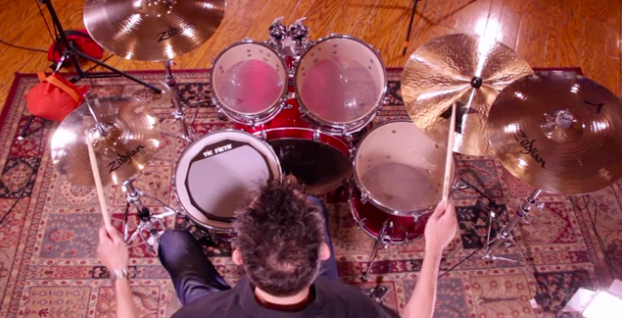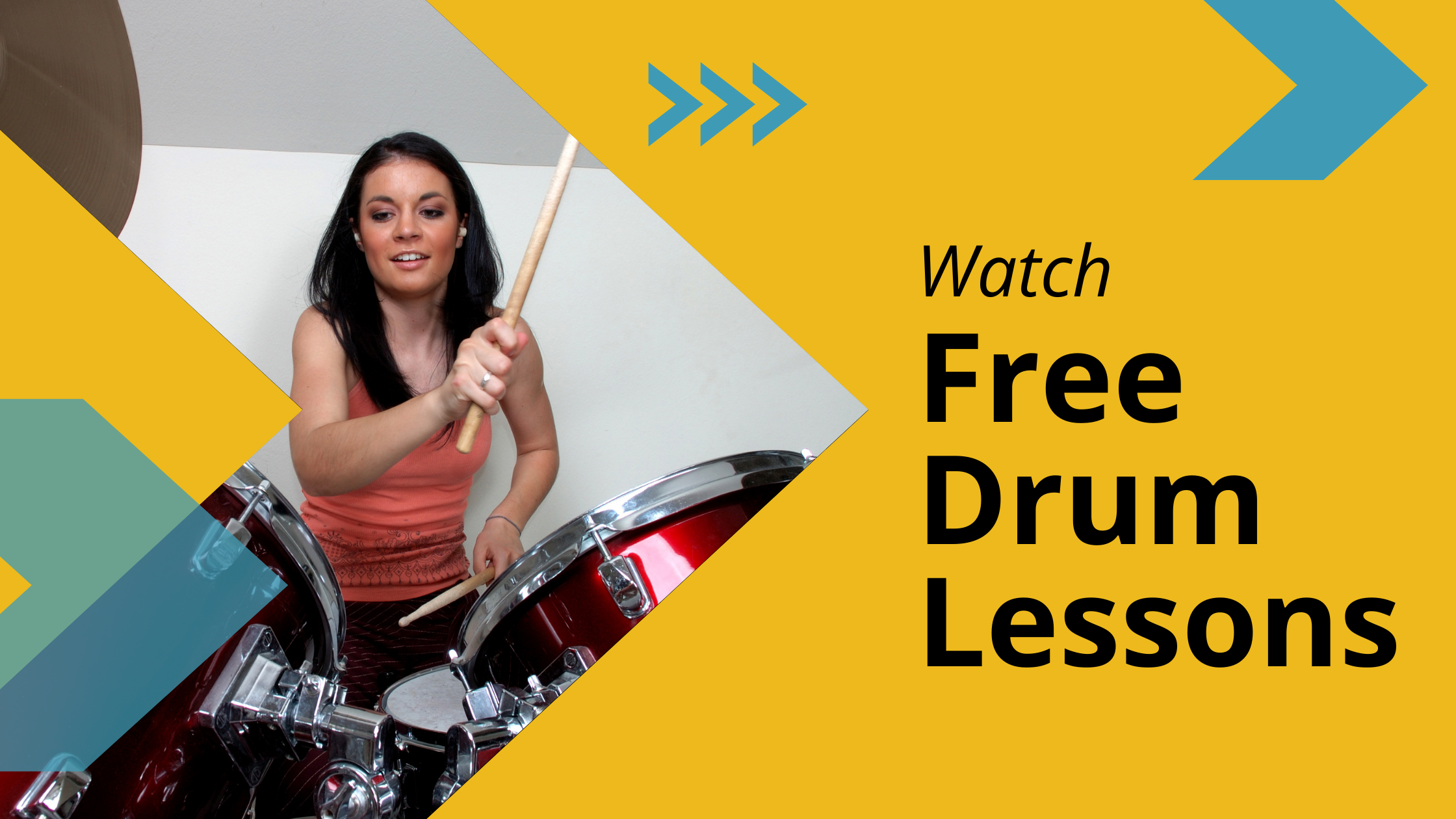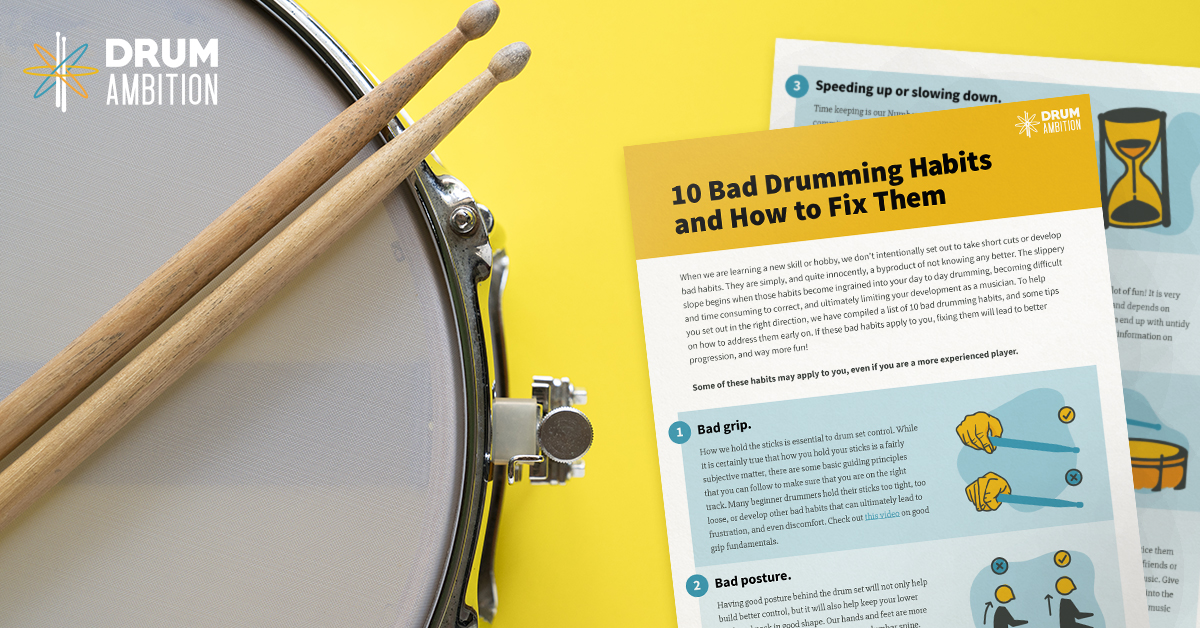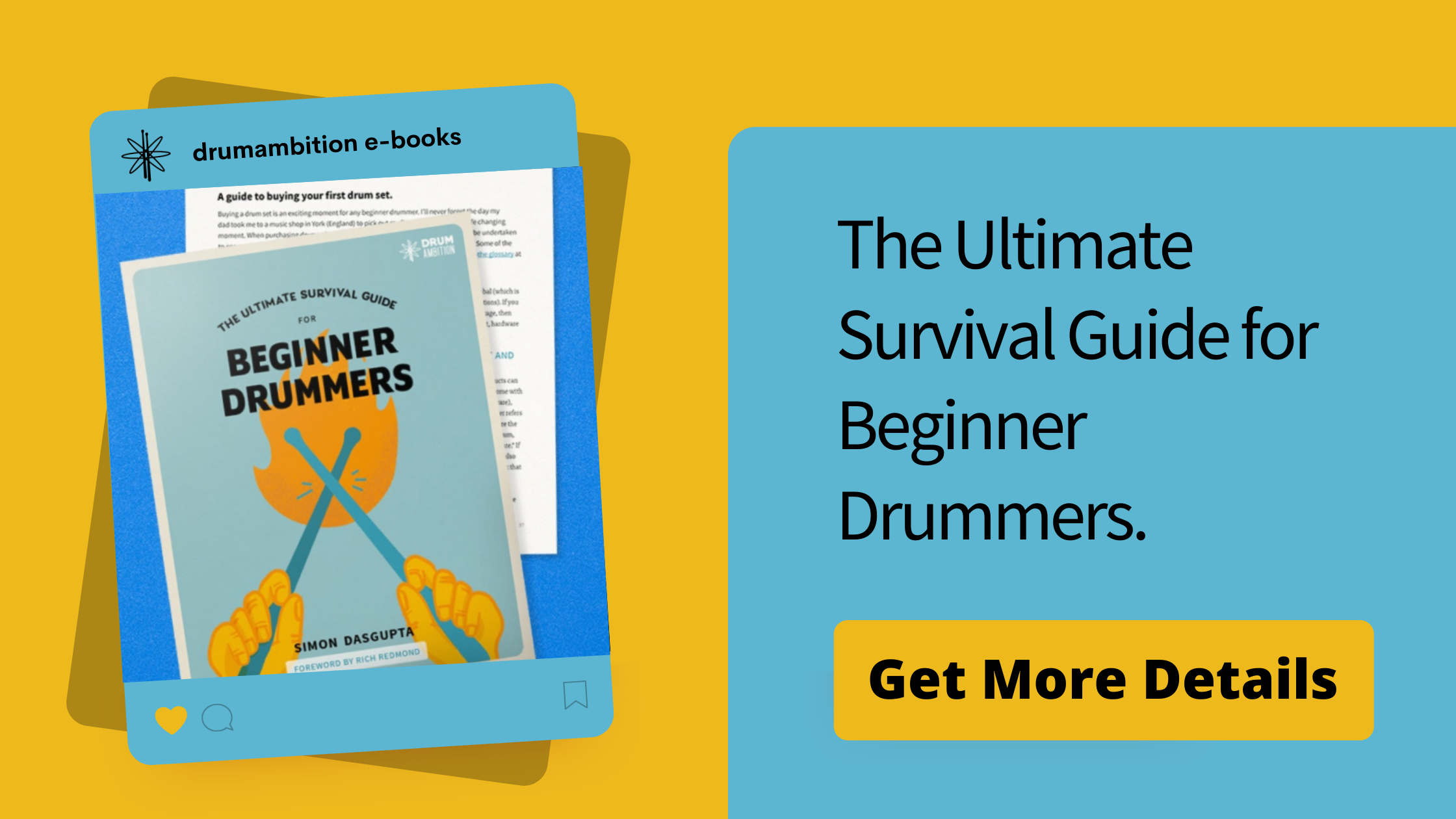Crash, ride, splash, china, and hi-hat cymbals - these are all essential tools of the trade for drummers. They come in various weights and sizes and provide expansive musical opportunities. They play an important role in crafting drum beats, accentuating parts, and setting the musical mood. Whether they are purchased in boxed sets or individually selected with care, your cymbal sound and how you apply them to your music can help define you as a musician.
This article discusses 5 essential facts that every drummer should know about cymbals. If you are not familiar with any of the terms used, check out our free glossary - great for jargon busting!
Helpful related articles.
Jargon Busting! Understanding drum terminology.
1. Most common cymbal types.
When starting on the drums, you ideally require a set of hi-hats, at least one crash cymbal, and a ride cymbal. Some beginner drum sets come with a cymbal set that includes some, or all of these, while drums sets that don't can be supplemented by a cymbal box set, available from most cymbal manufacturers. Sometimes, to keep the costs down, companies combine a crash and ride cymbal functionality into one single cymbal, referred to as a Crash/Ride. If you see this listed in the specifications, it is important to understand that this is one cymbal. While it is possible to have multiple crash cymbals on one drum set, should you choose, it is generally common to find just one ride cymbal and a single pair of hi-hats. Other popular cymbals belong to the effects family, including splash cymbals and china cymbals.
2. Cast or Sheet? What's the difference?
Most beginner sets, if they include a cymbal set at all, come with sheet cymbals. At the same time, cymbal box sets that are designed to supplement beginner drum sets are usually of the sheet variety. As the term suggests, sheet cymbals are cut from a sheet of metal and formed into discs, whereas cast cymbals are heat molded and formed in individual casts. The latter is at the higher end of the price spectrum since the manufacturing process is more intensive, the metals are normally higher grade, and each cymbal is unique. Cymbals can be machine lathed, machine hammered, or hand-hammered to enhance further and individualize the sound. Sheet cymbals are typically machine lathed, with the more advanced and unique hammering reserved for higher price tag items.

Above. From left to right: 14" hi-hats (left hand), 18 inch crash, 20-inch ride (right hand), 16-inch crash. These are all cast cymbals. Note the "pits" on the ride cymbal, created by hammering.
3. The three cymbal parts - bell, bow, and edge.
There are three main sound elements to any cymbal, and these are created by the bell, the bow, and the edge of the cymbal. The bell can vary in size depending on the overall mass of the cymbal. It is played primarily on ride cymbals to create a heavier dynamic and be used tastefully on all cymbals to create a musical mood and add color to certain musical situations. The bow is the main body of the cymbal, situated mid-way between the bell and the edge of the cymbal, and when played with the tip of the stick, it produces a more subtle tone than its bell counterpart. The edge of the cymbal produces a wider expansion of sound when struck with the main body of the drum stick, although most parts of a cymbal can produce wash and overtone when struck with a heavier dynamic. In other words, the harder you hit a cymbal, the more it will project and ring.
4. Play your cymbals with care - they are not indestructible.
How you play your cymbals will have a big effect on the tone and the instrument's lifespan. Make no mistake; cymbals will break if they are frequently hit with brute force or a technique that needs some work. For example, playing directly down on your crash cymbal adds a significant dynamic force on the instrument that is alleviated by playing across the cymbal with a glancing, sideways hit. That reduces the stress on the cymbal, your sticks, and ultimately your wrists. If you watch any of our videos featuring drum fills, you will see how to play the cymbal musically and safely when exiting these musical phrases. Also, it's a good idea to make sure your cymbal stands are in good shape, making sure that the plastic inserts that prevent metal on metal contact (where the cymbals are rubbing against the metal of the stand) are in good condition. This prevents "keyholing," where the circular hole in the middle of the cymbal is eventually deformed, which can cause cracks. Broken and cracked cymbals are mostly caused by bad technique. While most come with manufacturer warranties, they sometimes have a "subject to reasonable use" clause.
5. Caring for your cymbals.
Aside from ensuring a good playing technique, it's a good idea to protect your cymbals when transporting or storing them. If you want to keep them pristine, there are dedicated cleaning products available. Cases can vary in protection depending on your needs. After all, the needs of a hobbyist drummer are very different from that of a touring professional. Soft cases can be a great cost-effective solution for occasional transport and storage. At the same time, working professionals often prefer hard case protection, which tends to be at the upper end of the pricing scale but offering the most robust protection. Most manufacturers produce a dedicated cymbal cleaner that has been specially formulated for their products. Always follow the directions, and be careful not to rub over the manufacturer logo - it will be stripped off over time!
We are here to help!
If you have any questions relating to this article, please email [email protected].



